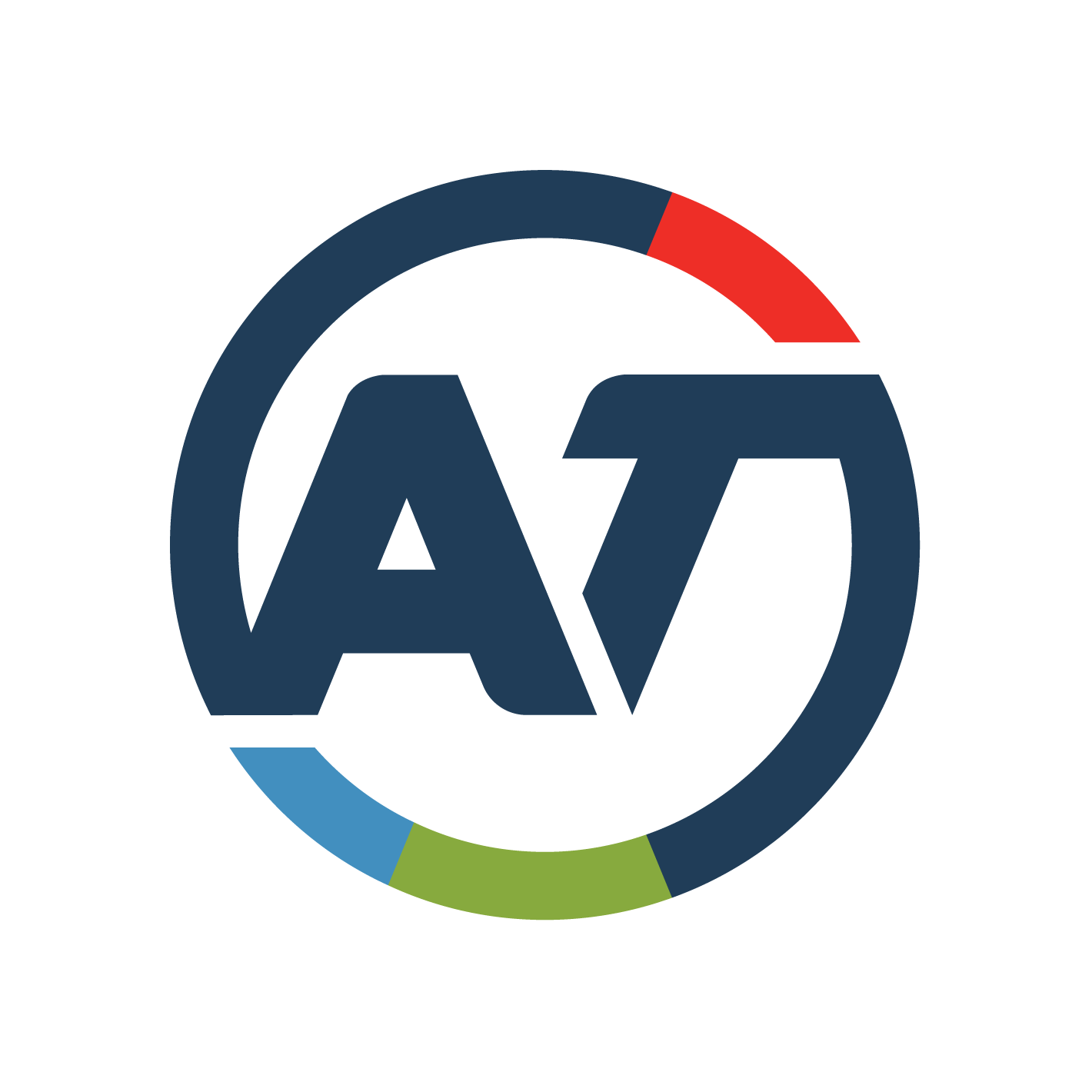
Getting started with the Realtime API
The purpose of the Realtime API is to provide real-time data for each of Auckland’s public transport modes: buses, trains and ferries.
Most of the public transport data available follow the model of Google’s Realtime Transit Specification (GTFS Realtime). A good place to start is the GTFS Realtime Reference. This will tell you a lot about the domain: entities, trip updates, vehicle positions and alerts (to name the top-level structural elements).
Format
The GTFS Realtime specification technically uses Google’s Protocol Buffers as its serialisation format. The Realtime API offers the same in JSON, by default, but can also return protobuf if the Accept header is set to “application/x-protobuf”.
Naming convention
The API uses the convention described in the GTFS Realtime Specification (snake case) as its naming convention. For example
required FeedHeader header = 1;repeated FeedEntity entity = 2;
becomes
{ "header": {...},"entity": [...]...}
Realtime
At the moment, the feed is updated at least every 30 seconds. The GTFS Realtime specification provisions for, but does not currently allow incremental/differential updates. i.e. The GTFS Realtime API behaves to spec.
Realtime API
The Realtime API provides the aggregated results of the Trip Update API (vehicle progress along a trip), the Vehicle Position API (positioning information for a vehicle), and the Service Alerts API (notification of incidents) - please refer to the subsequent sections for further details.
The API returns all updates by default, but query parameters can be specified to filter by vehicles or trips.
Trip update API
The Trip Update API provides progress updates for all vehicles along a trip within Auckland Transport’s network.
The API returns all updates by default, but query parameters can be specified to filter by vehicles or trips.
Trip update
Real-time update on vehicle progress along a trip.The fields/structures trip, vehicle and stop_time_update, as well as timestamp, are provided.
Trip descriptor
A descriptor that identifies an instance of a GTFS trip, or all instances of a trip along a route.
The trip_id and route_id refer to the trips and routes published through the GTFS API.
The schedule_relationship is set to 0 (SCHEDULED) or 3 (CANCELLED).
Vehicle descriptor
Identification information for the vehicle performing the trip.
Currently, only the id is set. The id is provided by AVL (automatic vehicle location) devices installed on buses, trains and ferries. It is a string, as per specs, although it currently looks numerical for buses. For trains, it looks very different, and even includes spaces.
The id is just that: a vehicle identifier. As vehicles can be used for different routes, or even swapped (in the case of a vehicle break down, for example), the id should not be used to deduce routes or similar. Secondly, the id (& format) may change in future, so please don’t try to read anything else into it.
Stop time event
Timing information for a single predicted event (either arrival or departure).
Both delay and time fields are set. Note that the delay can be negative reasonably often, particularly for buses.
Stop time update
Realtime update for arrival and departure events for a given stop on a trip. Updates can be supplied for both past and future events.
The fields stop_sequence and stop_id are both set. The arrival and departure stop time events are populated when the vehicle enters a stop location (arrival) or exits a stop location (departure).
The schedule_relationship is set to 0 (SCHEDULED) or 3 (CANCELLED).
Vehicle position
Real-time positioning information for a given vehicle.
The fields/structures trip, vehicle and position, as well as timestamp, are provided. All other fields, like stop_id, are omitted.
Trip descriptor
A descriptor that identifies an instance of a GTFS trip, or all instances of a trip along a route.
Please see the Trip Descriptor section, part of the Trip Update API, above.
For trip descriptors in the context of the vehicle position messages, the field start_time is included.
Vehicle descriptor
Identification information for the vehicle performing the trip.
Please see the Vehicle Descriptor section, part of the Trip Update API, above.
Position
The geographic position of a vehicle.
Both latitude and longitude, as per the GTFS Realtime specification, are included. The bearing is only provided if the AVL device on the bus provides it.
The odometer and speed fields are currently not provided.
Alert API
The Alert API provides notifications for incidents across Auckland Transport’s public transport network.
Alert
A notification of an incident in the public transit network.
All fields for the alert entity are populated - including optional fields. English is the only translation available for the url, header_text and description_text fields.
The active_period currently sets the start or end to “null”, and doesn’t omit them as per the GTFS Realtime specification.